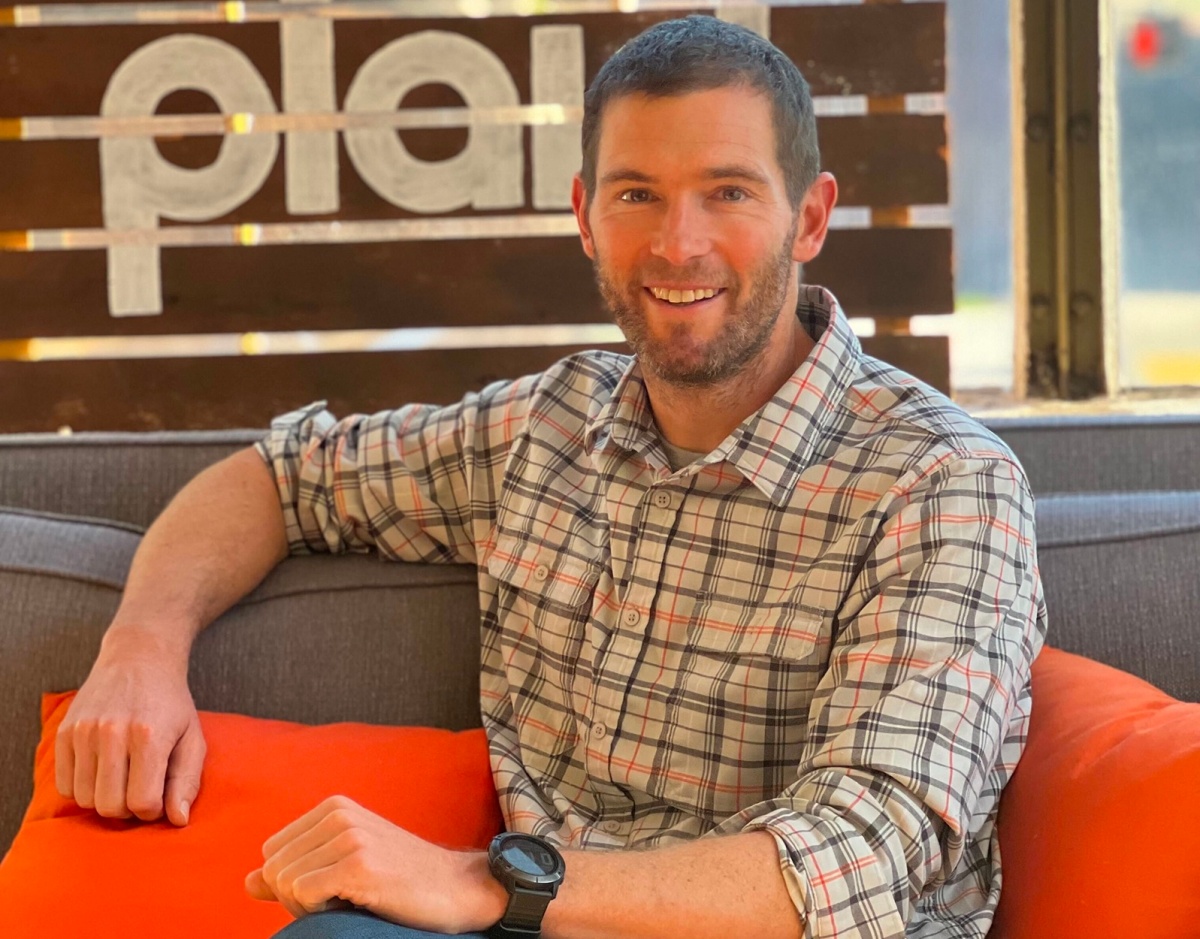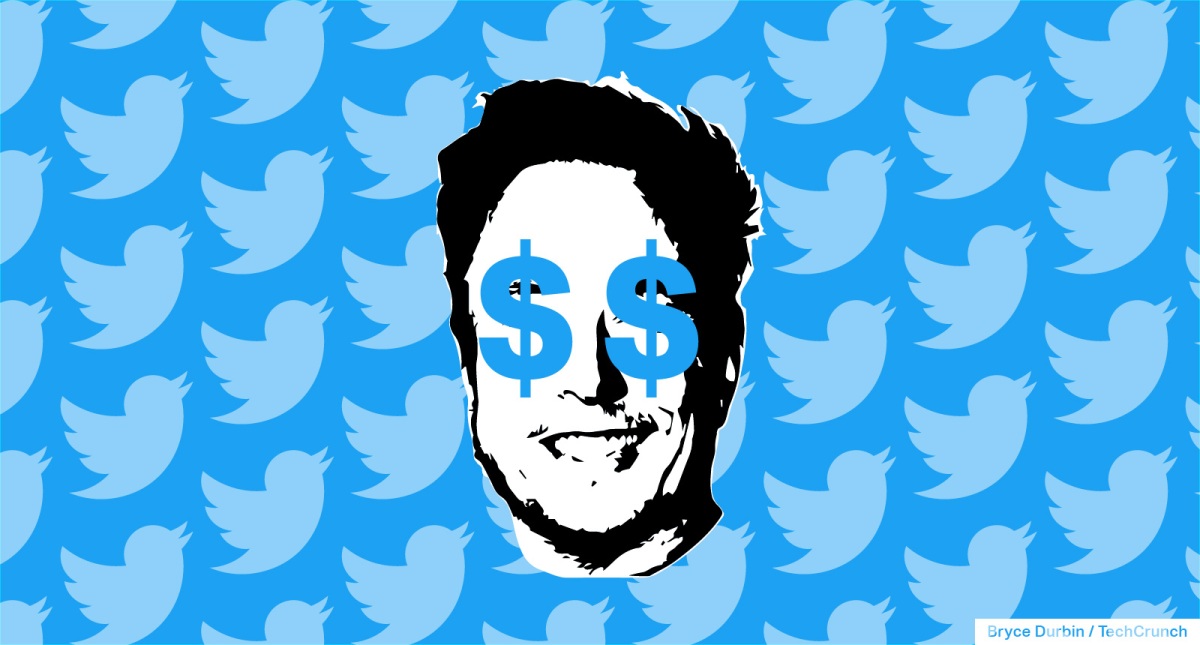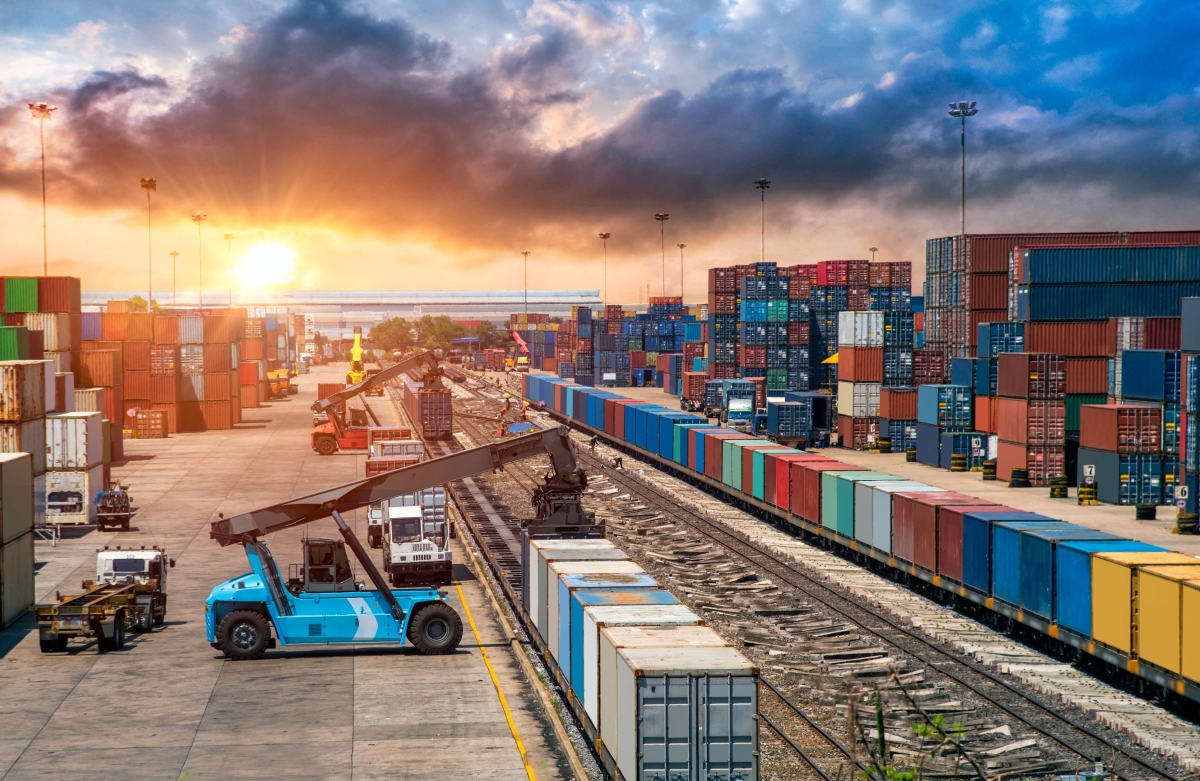Plaid names former Meta exec as its new payments head • ZebethMedia
Plaid today announced that it has named Meta veteran John Anderson to serve as its new head of payments. The fintech startup has slowly been evolving its offerings beyond its core product of account linking. Earlier this year, it moved into identity and income verification. Payments feels like a natural evolution of its business. In an interview with ZebethMedia, Anderson explained that while Plaid will be personally facilitating payments through its Transfer offering, it will also continue working with its dozens of payments partners, which include the likes of Square, Stripe, Marqeta, Gusto and Silicon Valley Bank. Its end goal is to generally give consumers more choice when it comes to bank payments. “There has been so much innovation on POS [point of sale] in the last 10 years, but purely digital — no physical interaction — experiences for payments is still nascent,” he said. “This is where we are focused.” In its own way, Anderson pointed out, Plaid has been involved in digital payments for years, by enabling nearly a billion ACH transactions for things like account funding and account-to-account transfers. Along the way, the company partnered with nearly 50 payments companies. In other words, Plaid has its services for clients that range from account verification to risk assessment and processing. It also has built its data products to be modular with the goal of “maximizing choice” for its customers and “ultimately expanding the use of bank payments.” “This time last year, same-day ACH grew by nearly 75% year over year with numbers in the trillions — that’s a lot of growth for an already sizable number,” Anderson said. “There is a lot of market for many players and overall Plaid works with a broad network of payment partners. We plan to invest — not shift — in that ecosystem and strategy.” So generally, when it comes to payments, Anderson said, Plaid is focused on building products that help companies have “more cost-effective, efficient and flexible bank payments.” “Much of that work is through our partners as we ultimately want to maximize choice for consumers and businesses,” he said. “This is why we take an ecosystem approach to payments. It is not an us versus them, but instead a ‘we’ working together to innovate and create better infrastructure that is safer, smarter and faster for all participants.” As mentioned, among Plaid’s payments partners is frenemy Stripe, which in May unveiled a new product of its own. Specifically, Stripe’s Financial Connections was designed to give that company’s customers a way to connect directly to their customers’ bank accounts, to access financial data to speed up or run certain kinds of transactions — exactly what Plaid has done historically. In working with its payment partners over the years, Anderson said that Plaid saw a consistent challenge — that it usually took several days for an ACH transfer to complete. “That’s because it provides settlement time to cover assessing returns and fraud,” he said. “But that speed of transfer is very limiting to many of our customers — if you’re someone like Robinhood who wants to be able to have customers fund their account instantly and immediately start trading, 2-3 days ACH clearing time feels like a lifetime.” Trying to solve that challenge led to the genesis of Plaid’s Signal offering, which uses machine learning to analyze more than 1,000 risk factors and provide scores and insights that Plaid says provide “more certainty that a transaction will settle,” so a company can accelerate access to those funds without increasing risk. “We wanted to use intelligent data signals to be able to identify low-risk ACH funding events that can clear immediately,” he said. “By accurately predicting risk and fraud, we can help companies build much more real-time funding solutions so their consumers can get going on their financial goals immediately. Signal today is moving out of beta, during which Robinhood was a pilot customer. In addition to Robinhood, fintechs like WeBull and Uphold have incorporated Signal into their risk models “to unlock instant ACH,” Anderson said. “We currently de-risk nearly 3 million transactions valued at nearly $1.5 billion each month,” he said. “We’re excited to offer this service to more customers and empower them to expand the applicability of ACH-based bank payments and transfers more safely and securely.” Looking ahead, he said, Plaid is actively building and partnering on real-time payment rails. Plaid’s RTP and FedNow products are designed to help drive further adoption of bank payments, Anderson said, “not only because of the speed and certainty of settlement, but also through further innovation across the financial and payment ecosystem.” “We want to unlock the next phase of bank payments with a focus on a great consumer experience, adapting Signal for emerging risk and fraud vectors, and other activities that will accelerate the adoption of real-time payments in the U.S. through our payment partners and customers,” Anderson said. Also, in an interview with ZebethMedia, Anderson explained his decision to join Plaid. The executive left Meta in March after a 10-year stint that included him serving as that company’s head of payments and commerce. Anderson said he was drawn to the space because simply, “finances are at the heart of everyone’s lives.” Acknowledging that the “world is increasing in inequity,” the executive described financial access as an “uneven playing field getting ever more bumpy.” “Across so many of this amazing generation of new financial services, the common thread is Plaid is there in the background helping them build secure data accessibility, fast payments and managing risk and compliance,” he said. It’s not Anderson’s first foray into fintech. He developed a fintech app called GroupCard that went on to be acquired by InComm, a $13 billion prepaid and payments technology company. He also at one time worked in payments at eBay. “As a developer of an early fintech app, I experienced firsthand the challenges that many of Plaid’s customers face today,” he said. “On a very personal level, I came to Plaid because I


